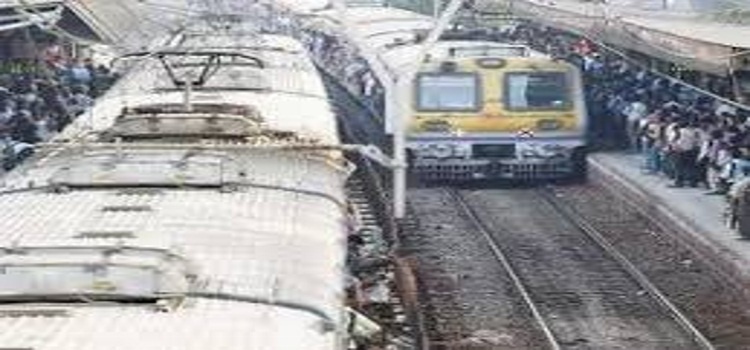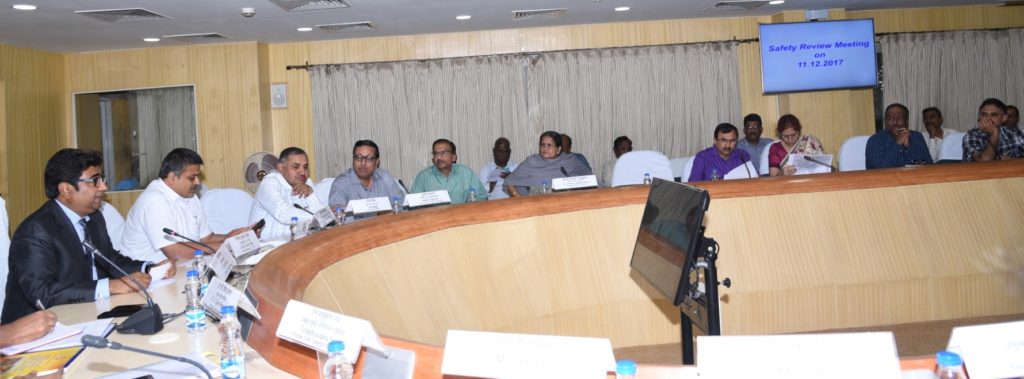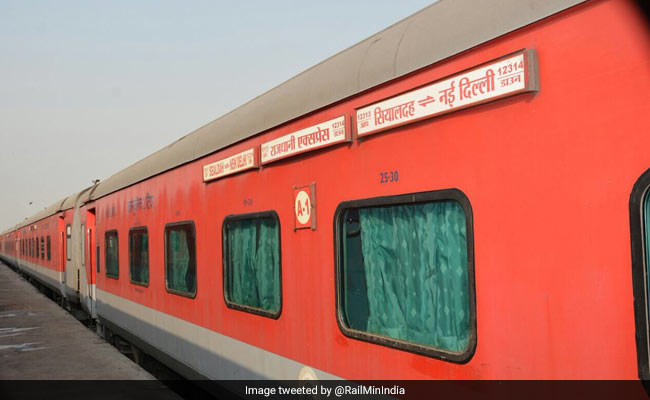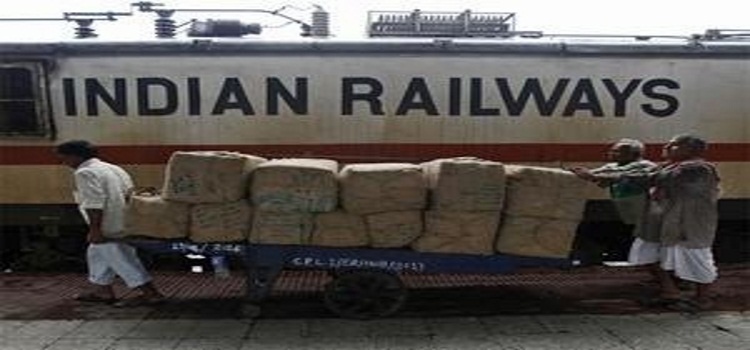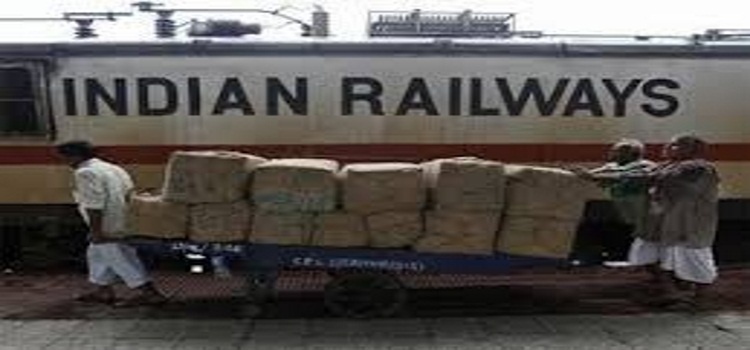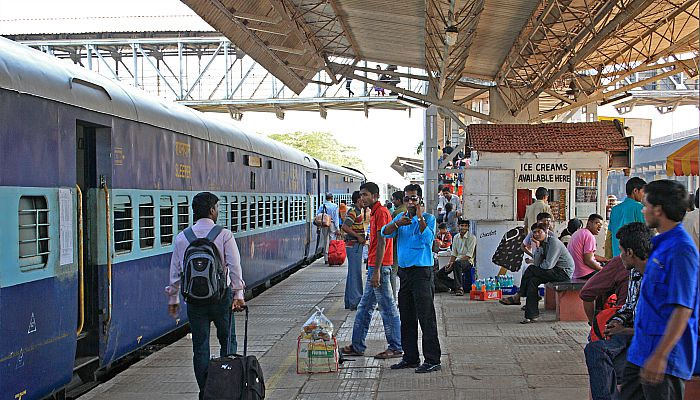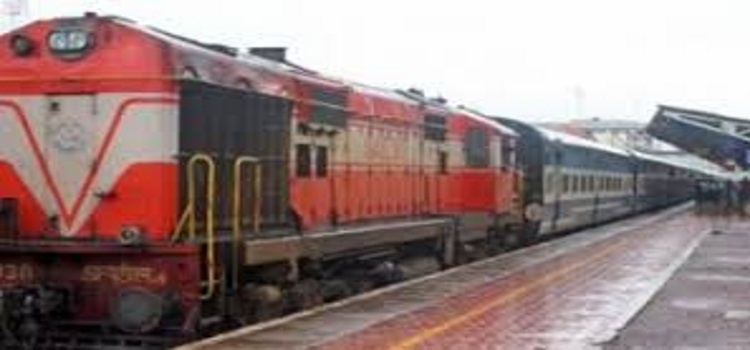
Twenty-five per cent of the crew members running Indian Railways are not picked according to rules, according to official data, prompting the transport behemoth to ask railway zones to adhere to norms.
The zones have to choose their crew from the Crew Management System (CMS) of Railways which has a database of 89,000 crew members and provides information about their status and availability for train operations, be it freight or passengers.
The railway board in a directive said that while on an average, 75 per cent of the crew are chosen by zones according to rule, it was still below satisfactory.
In the letter, the board has “expressed concern” that train drivers, assistant drivers, guards who form the basic functioning team responsible for train operations are not booked by zones according to rules mandated by the public transporter.
The CMS system provides two options of choosing crew members – the ‘fetch crew as per rule’ option and the ‘fetch all’ option.
Under the ‘as per rule’ option, zones are supposed to book crew who meet certain criterion – those who are not due for a periodical medical examination (PME), or due for transport refresher, are fit for the section, have road learning, have competency to work loco and are rested.
For the ‘fetch all’ option, the crew needs to meet just two parameters – they should not be due for medical examination and should have completed a transport refresher.
“The board feels that any crew member who is part of railway operations be it freight or coaching should be in optimum condition, both health wise and in expertise.
So, he should tick all the boxes under the ‘fetch as per rule’ option. With safety of passengers being priority, the board feels that this cannot be compromised with,” a senior official said.
While on an average 75 per cent of such crew members have been picked under the ‘fetch crew as per rule’ option in 2017 across zones, the average has fallen in certain zones like South Eastern Railway has booked only 56 per cent under the rule, East Coast Railway has chosen 61 per cent and Central railways only 66 per cent.
This, the board has said, is ‘below satisfactory’.
However, compared to last year, the zones have in fact shown improvement in booking crew as per rule.
A report of CMS for the period January 1, 2016-June 30, 2016 has shown that South Eastern Railway has picked a mere 4.49 per cent crew as per rule, in Eastern Railway it was 5.25 per cent and in South Railway it was only 7.45 per cent.
“Board desires that zonal railways shall make all efforts to book crew as per rule in the CMS,” the letter sent out last month has said.
Shortage of Loco Pilots hits train operations
Shortage of loco pilots, assistant loco pilots, and crew controllers in the Thiruvananthapuram Railway Division has hit operations and made travelling a nightmare for commuters, especially short-distance passengers. The shortage of loco pilots and assistant loco pilots has been put at 15% of the 642 sanctioned posts, which has been exposed by the cancellation of two pairs of passenger trains and two pairs of Mainline Electric Multiple Units (MEMU) services for two months starting from Saturday. Cancelled services With Railways making no alternative arrangements for the eight cancelled services, short-distance daily commuters on the Ernakulam-Kollam stretch who depend on these trains are at the receiving end. Railways authorities cite operational reasons such as ensuring crew for freight and ballast trains for the cancellation of the trains.
This will help create a maintenance corridor-line block between two express trains to replace defective rails, sleepers, and take up critical maintenance works. Low patronage Railways have also cited low patronage as another reason for the move. “The lack of proper planning on the part of the divisional authorities and the delay in recruitment of assistant loco pilots by the RRB Thiruvananthapuram have resulted in the cancellation of trains, loss to Railways, and hardships to commuters,” says P.N. Soman, Zonal Organising Secretary of the All India Loco Running Staff Association. Reluctance to relieve He said the reluctance of the authorities to relieve 60 assistant loco pilots who were working in Hubli, Chennai, Salem, Palakkad, and other divisions and had sought transfer to Kerala had compounded the problem.
In the Palakkad division, 13 assistant loco pilots from Karnataka recruited by the Bengalaru Railway Recruitment Board had joined the Mangaluru and Kozhikode depots. “The train crew is working under heavy pressure and are being denied 40-hour rest in a week, which will affect the safety of rail operations,” he says. No steps had been taken to replace those declared medically unfit and those who are seeking voluntary retirement from services.
“A fresher needs eight years to become a full-fledged loco pilot to take over mail and express train and the present situation is going to turn worse,” Mr. Soman says. According to the officials in Railways, the possibility of alternative train services and additional stoppages for regular trains are being ascertained. The train services may also be restored earlier based on the review of works
